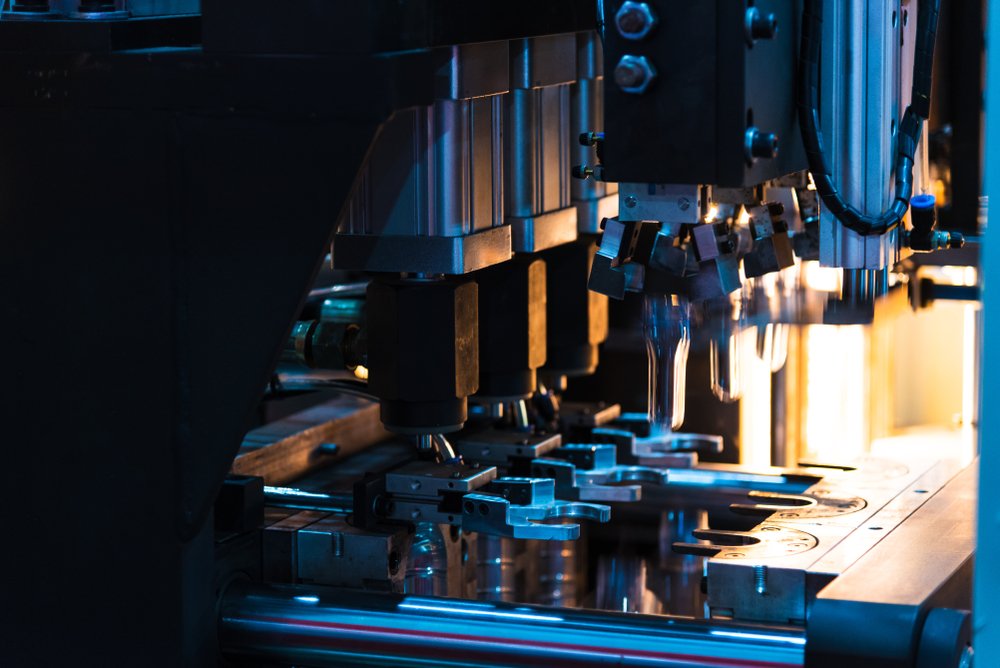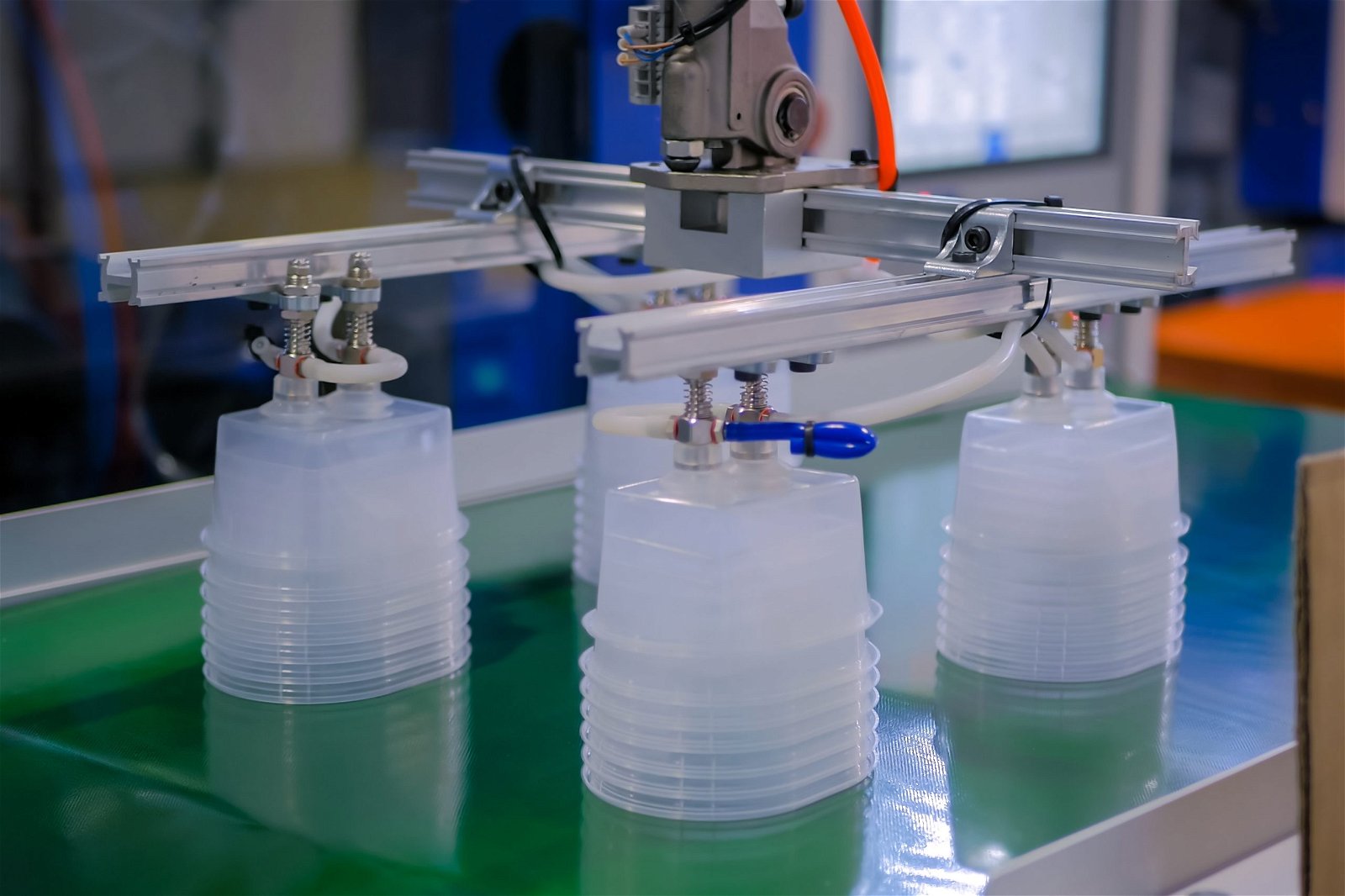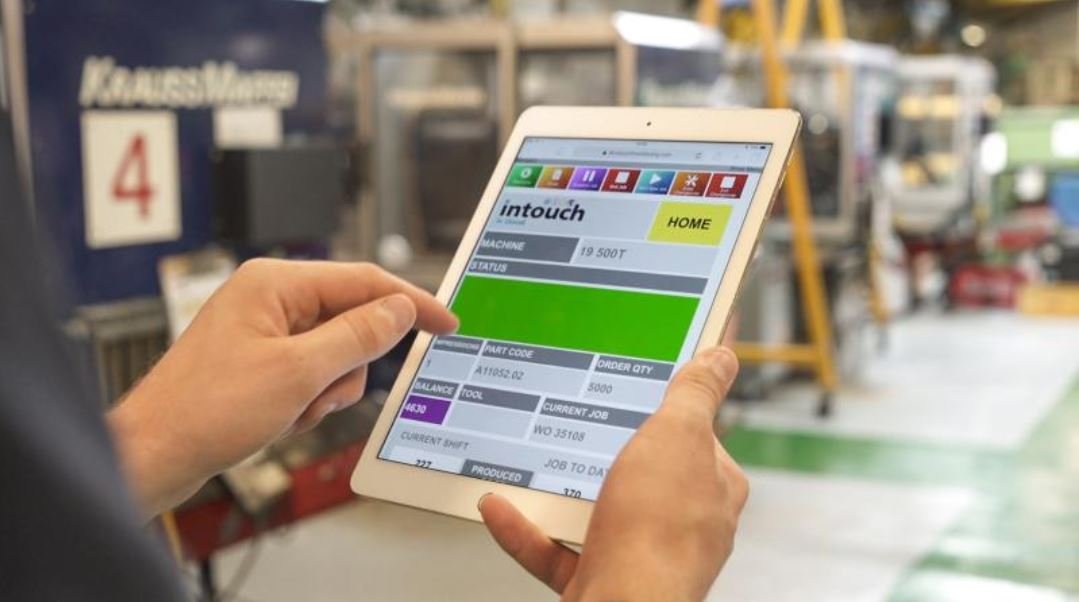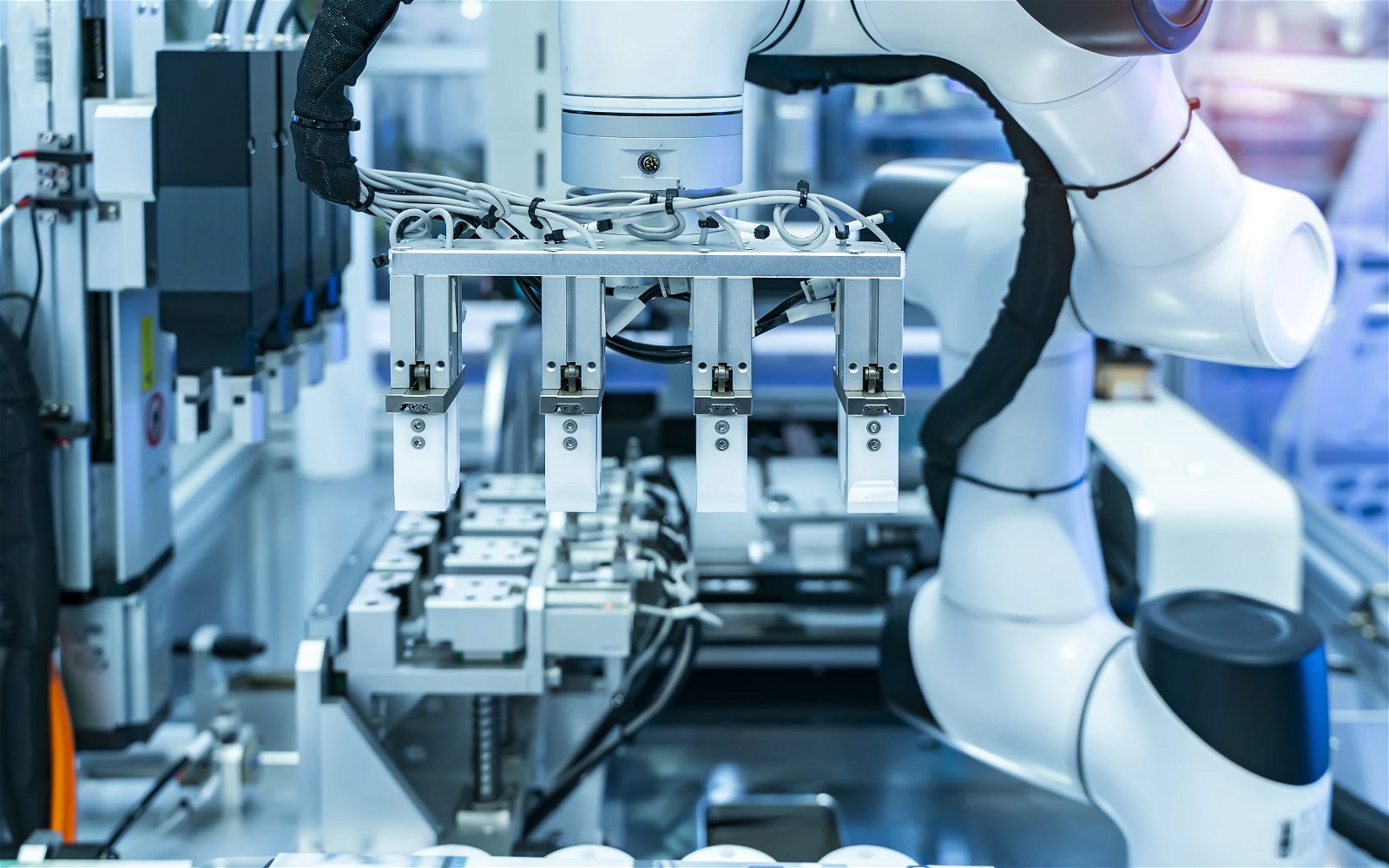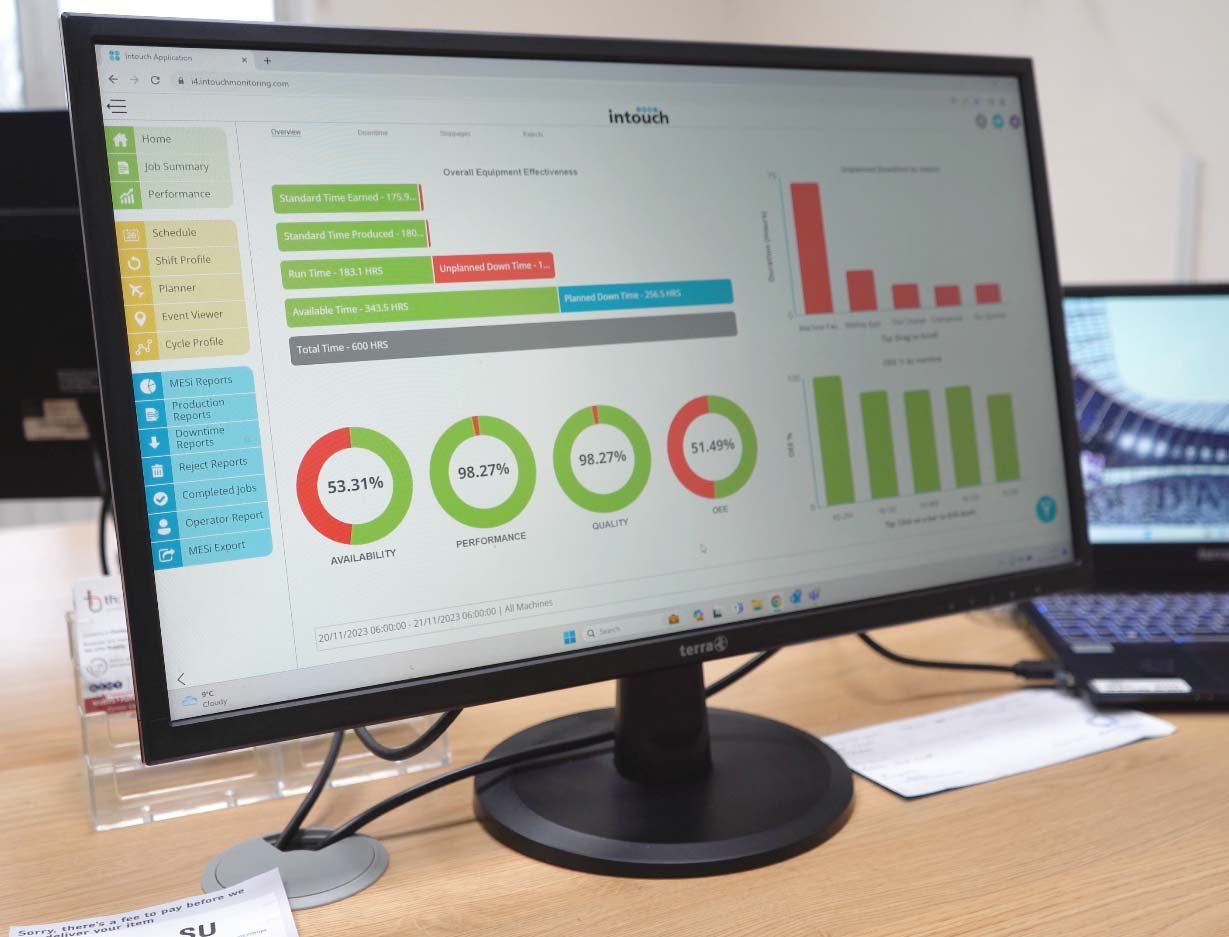MES THINKING
Bridging the Gap: Simplifying Data Collection for Modern Manufacturing Efficiency
Today manufacturers focus for efficiency and productivity is more pressing than ever. Modern manufacturing operations are heavily reliant on data collected from various sources. This data is the cornerstone of initiatives aimed at enhancing manufacturing efficiency, reducing waste, and improving overall productivity.
However, one significant challenge remains: effectively collecting data from production machines. While this task can seem daunting, it shouldn’t be. Let’s explore why this challenge exists and how we can make data collection accessible for everyone in the manufacturing sector.
The importance of data in modern manufacturing
Before diving into the challenges and solutions, it’s crucial to understand why data is so vital in modern manufacturing. Data-driven manufacturing enables companies to:
- Optimise Processes: By analysing data, manufacturers can identify bottlenecks, streamline operations, and optimise resource allocation
- Predict Maintenance Needs: Predictive maintenance relies on data to foresee machine failures before they occur, thereby minimising downtime and repair costs
- Improve Quality Control: Continuous data monitoring helps in maintaining product quality by promptly identifying and addressing defects
- Enhance Supply Chain Management: Data integration across the supply chain leads to better demand forecasting, inventory management, and supplier coordination
- Boost Operational Efficiency: Data insights drive continuous improvement initiatives, fostering a culture of efficiency and innovation.
- Meet Sustainability Goals: Every manufacturing organisation is under greater scrutiny to adopt low carbon or carbon-zero best practices in manufacturing.
The challenge of collecting machine data
Despite the clear benefits, many manufacturers struggle with data collection. Several factors contribute to this challenge:
- Legacy Systems
- Diverse Machine Ecosystems: Manufacturing floors often feature a mix of machines from different vendors, each with its own communication protocols and data formats. Integrating these disparate systems into a cohesive data collection framework is challenging
- Data Overload: The sheer volume of data generated can be overwhelming. Without proper filtering and analysis tools, valuable insights can be lost in the noise
- Cybersecurity Concerns: Connecting machines to a centralised data system introduces cybersecurity risks. Manufacturers need to ensure that data collection methods are secure and comply with industry standards.
Skill Gaps: There is often a lack of skilled personnel who can manage and interpret the data collected from production machines
Making data collection accessible
Despite these challenges, collecting machine data doesn’t have to be an insurmountable hurdle. Here are practical steps and strategies to make data collection more accessible for everyone in the manufacturing sector:
- Adopt scalable IoT solutions
The Internet of Things (IoT) has revolutionised data collection in manufacturing. IoT devices and sensors can be easily attached to machines, enabling real-time data collection and transmission. Modern IoT solutions are scalable and relatively affordable, making them suitable for both large enterprises and small manufacturers. By starting with a pilot project on critical machines, manufacturers can gradually scale up their IoT deployments.
- Leverage open standards and protocols
To address the issue of diverse machine ecosystems, manufacturers should adopt open standards and communication protocols such as OPC UA (Open Platform Communications Unified Architecture). These standards facilitate interoperability between machines from different vendors, simplifying data integration.
- Implement edge computing
Edge computing involves processing data at the source (i.e., on or near the machines) rather than transmitting all data to a central server. This approach reduces data overload by filtering and analysing data locally, sending only relevant information to the central system. Edge computing enhances real-time decision-making and minimizes bandwidth usage.
- Invest in data analytics and visualization tools
To make sense of the collected data, manufacturers need robust analytics and visualisation tools. These tools can process large datasets, identify patterns, and present insights in an easily understandable format. Investing in user-friendly software solutions ensures that even personnel with limited data expertise can leverage data effectively.
- Ensure robust cybersecurity measures
Protecting data integrity and privacy is paramount. Manufacturers should implement comprehensive cybersecurity measures, including data encryption, secure communication channels, and regular security audits. Compliance with industry standards such as ISO 27001 and NIST Cybersecurity Framework is also essential.
- Provide training and upskilling
Addressing the skill gap requires continuous training and upskilling of the workforce. Manufacturers should invest in training programs that cover data collection technologies, analytics tools, and cybersecurity practices. Collaborating with educational institutions and industry bodies can help in developing tailored training modules.
- Partner with experts
For many manufacturers, partnering with experts in industrial automation and data analytics can accelerate the journey toward efficient data collection. These experts can provide valuable insights, assist in technology selection, and offer ongoing support to ensure successful implementation.
- Foster a data-driven culture
Finally, fostering a culture that values data-driven decision-making is crucial. Management should lead by example, demonstrating how data insights can drive improvements. Encouraging cross-departmental collaboration and celebrating data-driven successes can motivate employees to embrace new technologies and methodologies.
Simplifying your data collection
Collecting data from production machines is a critical step toward improving manufacturing efficiency. While challenges exist, they are not insurmountable. By adopting scalable IoT solutions, leveraging open standards, implementing edge computing, investing in analytics tools, ensuring cybersecurity, providing training, partnering with experts, and fostering a data-driven culture, manufacturers can unlock the full potential of their operations.
The journey toward data-driven manufacturing efficiency is a continuous one, but with the right strategies in place, it can be accessible to everyone in the sector. By overcoming the initial hurdles of data collection, manufacturers can position themselves at the forefront of innovation, ready to meet the demands of the modern industrial landscape.
Make downtime a relic of the past.
Here at Intouch Monitoring we provide the expertise required in getting you started on your data collection journey. We have developed an MES solution that is completely scalable and deployable within a few days. The concept is simple: start by connecting to a few critical machines on your shop floor (whatever their age), collect and analyse basic operational data, and make data-driven decisions that ensure production is optimised to meet changing demands.
Any potential issues are caught straight away as notifications and alerts are remotely delivered to all key stakeholders. Additionally, the ability to link the MES to your production planning helps you stay ahead of the game and aids meeting schedules even when capacity is affected due to unforeseen breakdowns.
The resulting improvements are rapid and provide a fast and easy justification to scale the installation to include additional equipment and functionality within a matter of weeks. Ultimately, the aim is to empower manufacturing organisations with an end-to-end supply chain monitoring solution that is completely agile and excels on efficiency.
We offer a free no-risk trial of our software platform, allowing companies to see tangible results before making a longer-term commitment.
Click on the link below to find out more.
3 Signs that you are ready to digitise your factory
Are you under pressure to improve efficiencies and reduce down time, which means you’re now looking to implement smart factory technology…
Plastics Manufacturing in a volatile world
The pandemic has highlighted that the need for flexibility and adaptability in manufacturing operations is crucial for navigating…
5 ways you could improve your production efficiency right now
The importance of production efficiency cannot be overstated. It means you are making the most out of your resources – time, materials,…
Have you thought about adopting smart technology?
What's stopping you adopting smart technology in your plant? Are you worried about the costs, the expertise and training needed? What is…
The advantages of a paperless manufacturing operation
So what happens when you switch to a paperless Manufacturing Execution System? You immediately get more predictable manufacturing with more…
Why is planned downtime for maintenance so important?
Often with pressure of delivery deadlines, it is easy for planned maintenance to be pushed down the priority list and only maintain it when…
How to choose the right manufacturing execution system (MES) for you
Selecting the right MES solution will give you the data and insights necessary to optimise your OEE, give you a competitive advantage and…
What would a 1%, 5% or 30% improvement in OEE mean to you?
Are you under pressure to improve efficiencies and reduce down time, which means you’re now looking to implement smart factory technology…
How to transform your plant’s efficiency and profitability with MES
Squeezing everything from your resources without compromising on quality is a challenge increasingly faced by manufacturers. So how can…
How it works
Getting started with Intouch is as easy as 1, 2, 3
1. Book a demo
Let us show you what we can do. Jump on a demo call and our friendly team will take you through the Intouch system and answer any questions you might have.
2. Enjoy a free trial
Don’t just take our word for it! We’ll lend you our technology for a 60-day free trial so you can see exactly how it can benefit the everyday operation of your business.
3. Receive ongoing support
It doesn’t end there. If you decide Intouch is the right production monitoring system for you, we’ll work with you to help you take control and make significant improvements in OEE.


